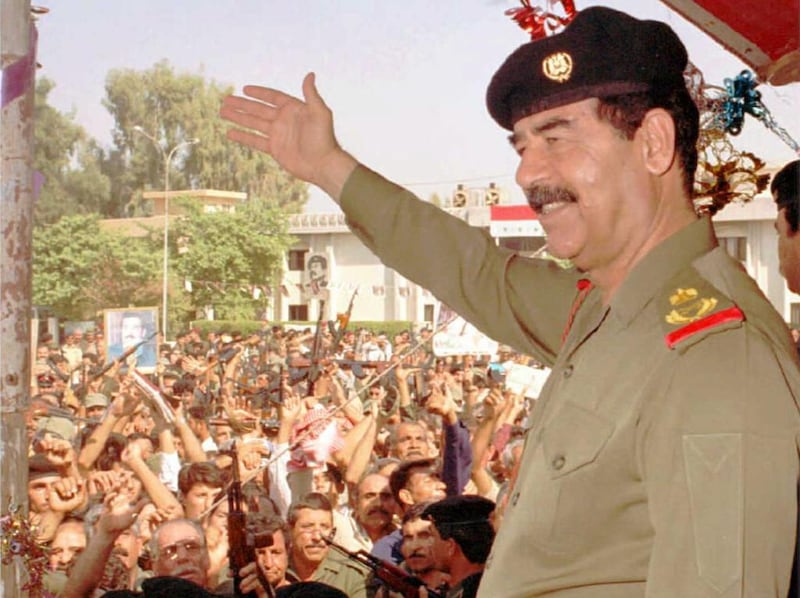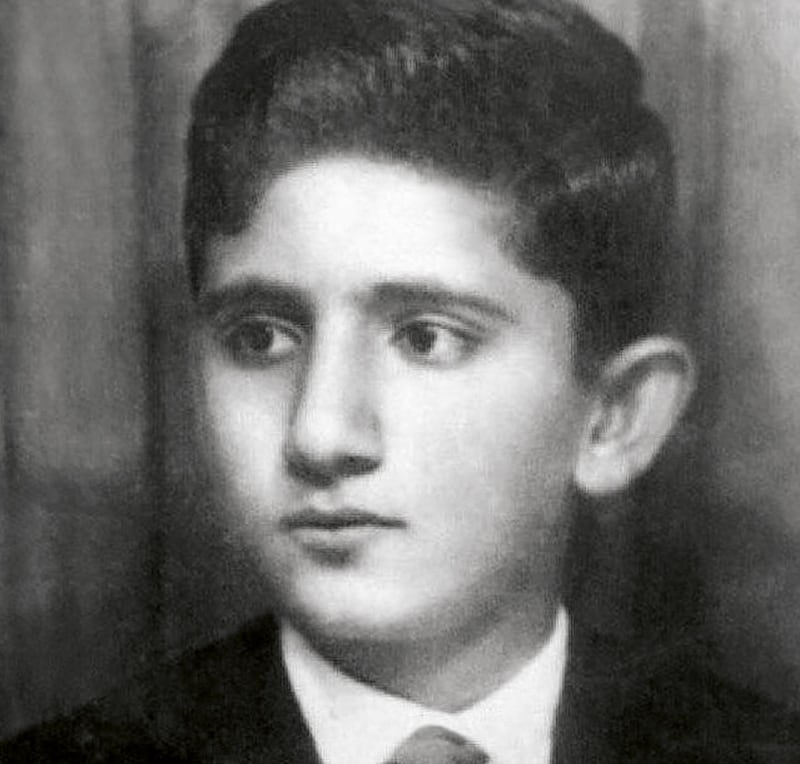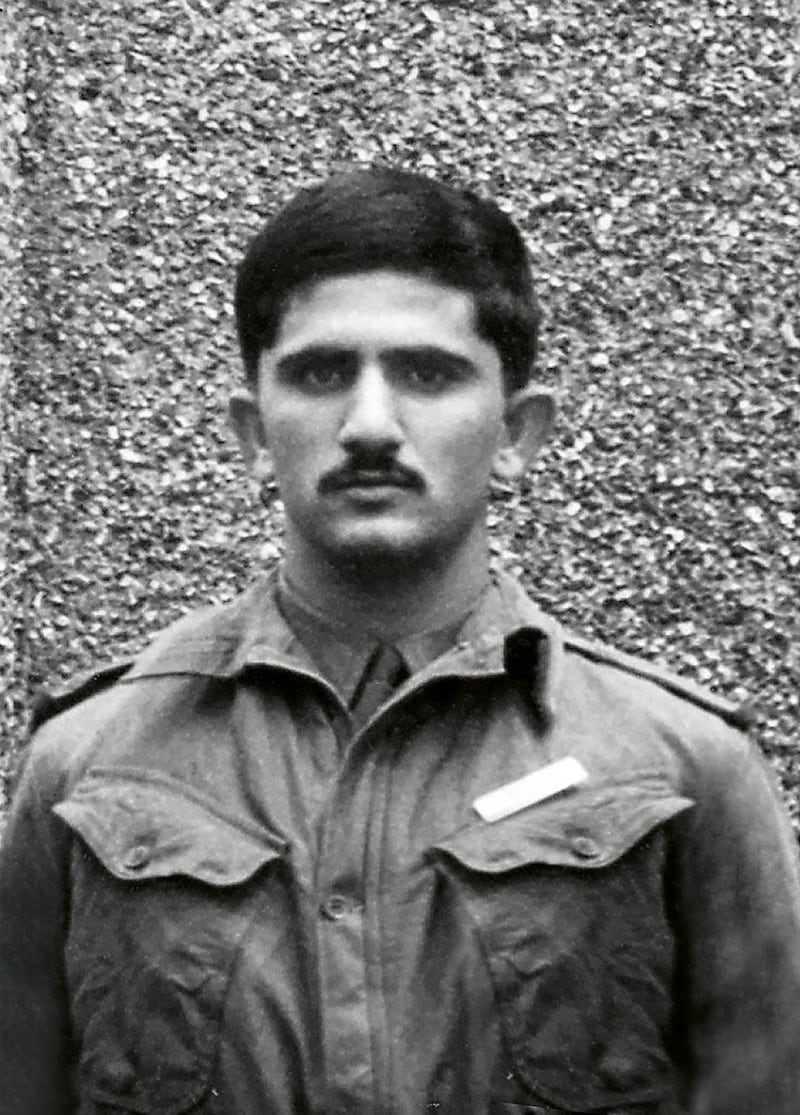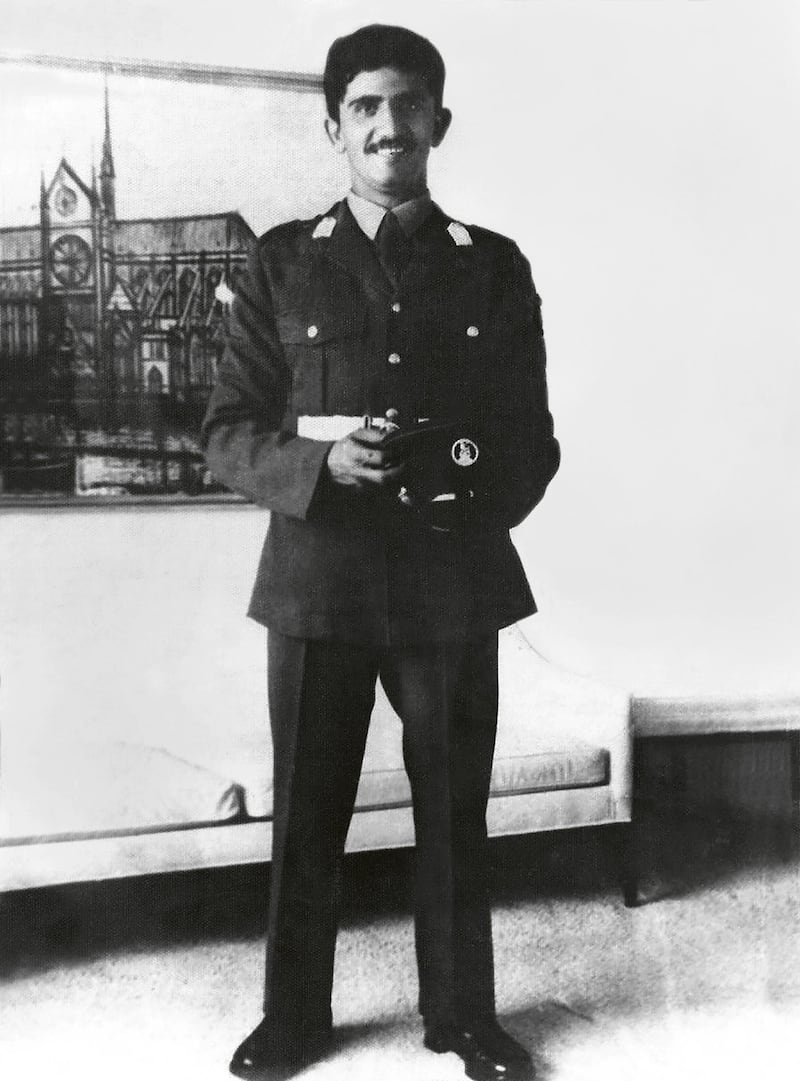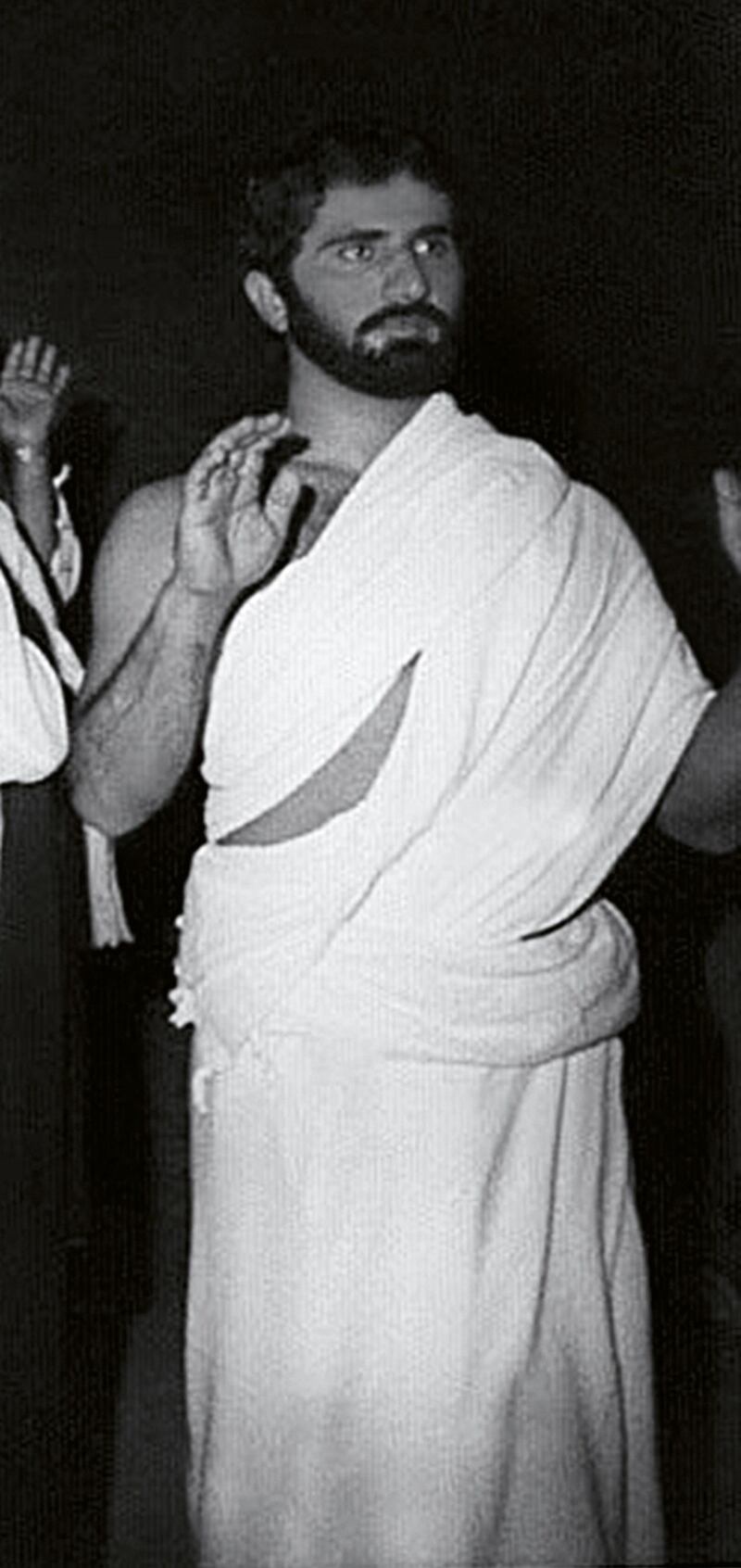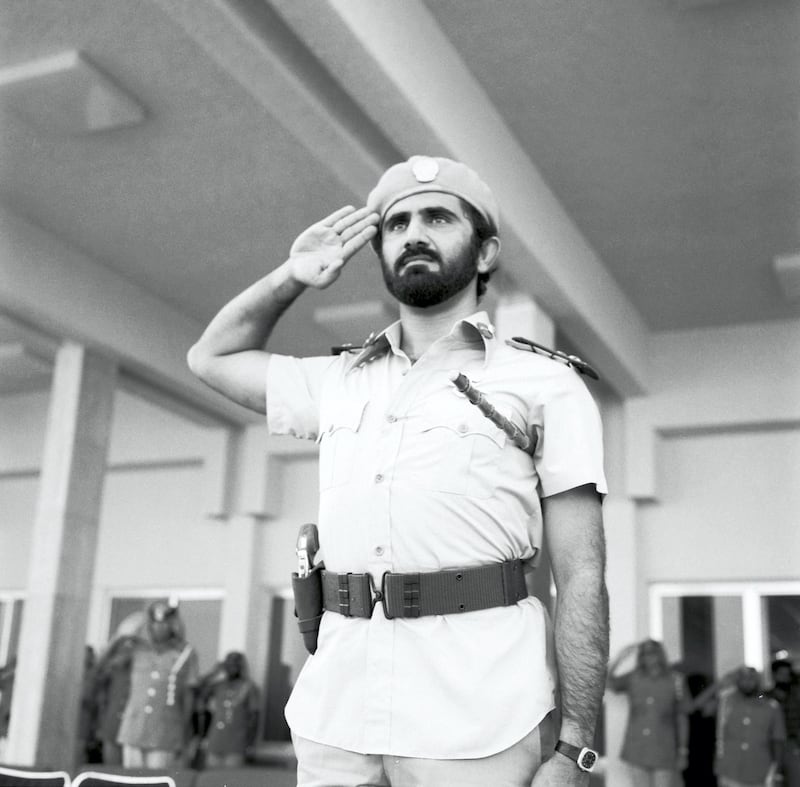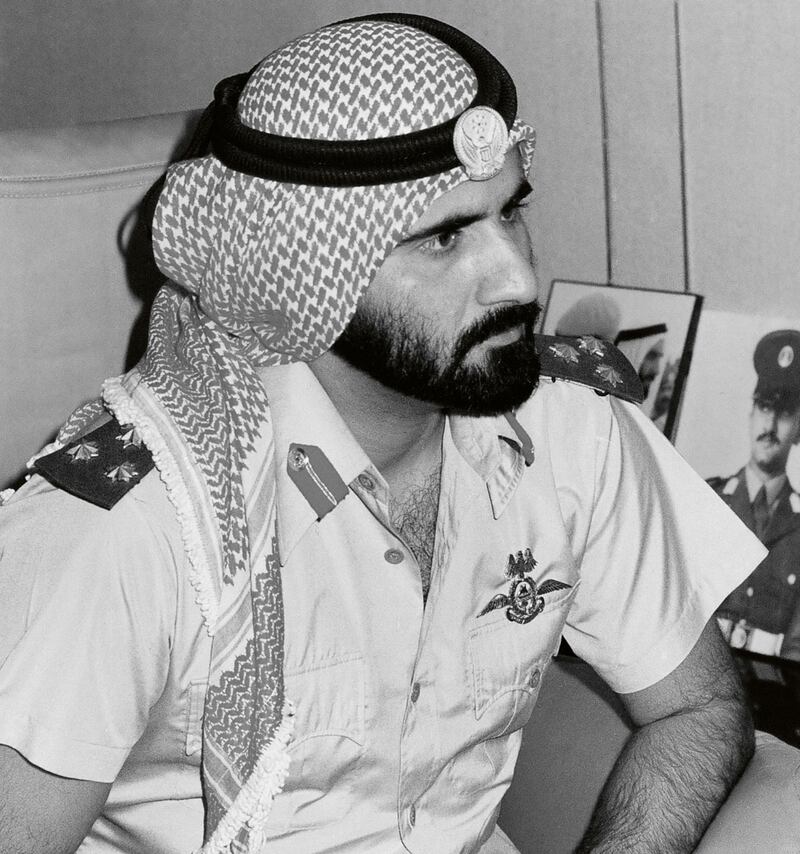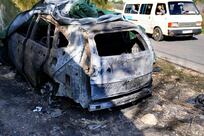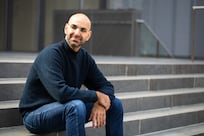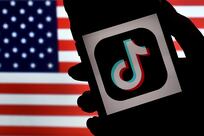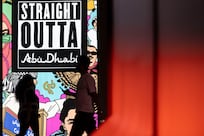Latest: How the UAE confronted coup plotters in the early days of the Union
Sheikh Mohammed bin Rashid secretly met Saddam Hussein in the months before the US invasion of Iraq and offered him asylum in Dubai, if he would walk away from war with the Americans.
The meeting between the two men is revealed for the first time in My Story, the new autobiography of the Vice President and Ruler of Dubai.
In compelling detail, he sets out how he travelled to Basra in southern Iraq in the weeks before the invasion by US forces.
He describes how an agitated Saddam repeatedly moved between chairs for fear of being struck by a sniper's bullet.
After a tense conversation lasting more than five hours — Saddam walked out four times — Sheikh Mohammed left on good terms but having been turned down.
He said the mission was an attempt to avoid yet another conflict in the Middle East.
Sheikh Mohammed prologues the account with an earlier Saddam meeting which took place at an unspecified time towards the end of the 1980-88 Iran-Iraq war.
He describes strained attempts by himself and Sheikh Zayed to forge a working relationship with the Iraqi leader.
“I still remember the end of the exhausting war between Iraq and Iran that left more than a million people dead," he writes.
“At the time, Saddam was at the peak of his pride and glory. I still remember how he frankly expressed his reservations against me to Sheikh Zayed. He said I leaned too much to the West and did not treat Arabs properly.”
“Sheikh Zayed then asked me to meet with Saddam, as was his habit to settle any differences that could affect our interests."
Sheikh Mohammed and Saddam eventually met and “after some pleasantries, Saddam charged that he had a report that implicates me in supporting Iran in various ways. He then placed the report in front of me".
Saddam was 'used to hearing what he wanted'
He said Saddam claimed the report was evidence that the Emiratis helped the Iranians during the war.
“I answered him that I did not need a report and that I was sitting right there with him,” he writes.
“‘If you mean arms shipments, then I challenge anyone to prove that. If you mean food aid shipments, then, yes. You do not need these reports because our ships go there and to Iraq as well,’ I replied.”
“Saddam was shocked at my words because they were bold. He was used to hearing what he wanted to. Perhaps my response was surprising to him because he had formed a weak impression of me.”
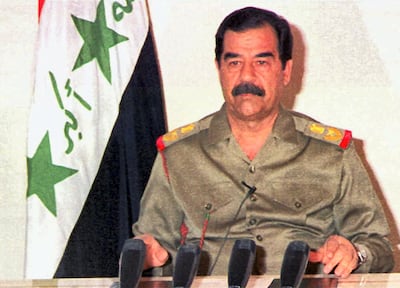
But he writes that the two men "became friends after this confrontation".
“This was followed by Iraq’s invasion of Kuwait and bridges of communication then collapsed. In the world of politics, however, you must leave one small channel open for times of crisis. After Kuwait’s liberation in February 1991, the Gulf was treating its wounds and rebuilding what was destroyed.”
He writes that Iraq grew weary of wars and that Saddam, who "suffered successive defeats, slept with one eye open".
"In 2003, the Americans returned to the Middle East. They wanted to build a model that meets their own vision in the wake of the September 11, 2001 attacks that altered their view of the region and changed their priorities," he writes.
Slept with one eye open
“I knew that the invasion of Iraq was among President George W Bush’s goals. We tried to dissuade him against invading Iraq. I asked him to maintain his efforts to support the Iraqi people by building schools and hospitals and paving roads. I knew, however, that he had already made up his mind to resort to force.”
“I asked the Americans to give us a chance to act accordingly. I then asked them: ‘What do you want from Saddam?’ I sensed that the region was on the verge of war and I was prepared to do anything to avoid it for the sake of the people. The Americans replied that they wanted to search for weapons of mass destruction.”
“I knew that the consequences of the war would be felt in the entire region, especially Iraq. It would be destructive. I tried to convince them to task Emiratis to carry out negotiations. We Arabs are alike in our traditions and understand how Saddam and his like think.”
Sheikh Mohammed then describes the meeting near Basra in which Saddam insisted he would "save" Iraq.
“I was determined to personally visit Saddam … We had a clear and frank discussion. We spoke of everything I agreed with him on and others I did not. I reminded him of the ghost of war and I knew that I was addressing a man who had spent most of his life waging wars. It was obvious that he could not win the war against the Americans and that if he did not do anything to avert the impending invasion, Iraq would be lost. I tried to use reason with him.
Miscalculated
“I told him that if he was ultimately forced to leave Iraq, Dubai was his second city and he was always welcome there. He looked at me and said: ‘But Sheikh Mohammed, I am speaking about saving Iraq, not myself.’ I held him in much higher regard after he said this.”
He described a frank exchange with Saddam that lasted more than five hours.
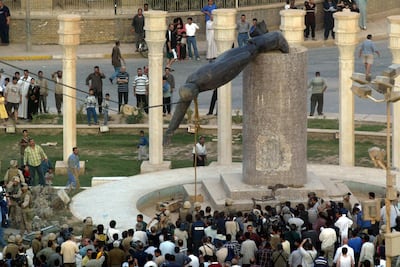
"Each time Saddam left [the room], I was praying to God to overcome this ordeal," he writes.
"Saddam did not remain in the same seat for a long time … he knew he was the target of many snipers.
“When the meeting ended, he escorted me to my vehicle and bid me farewell. I heard that this was not usual of him,” writes Sheikh Mohammed.
Sheikh Zayed again offered Saddam asylum in Abu Dhabi, without success. He publicly called for Saddam to step down during the Arab League summit in Sharm El Sheikh just before the invasion.
American and British forces invaded in March and Saddam went into hiding. He was detained after being found hiding in an 2.5-metre hole in December 2003, put on trial, convicted and executed three years later.
“Saddam miscalculated. He believed that planting fear and terror and using violence were the best way to rule," Sheikh Mohammed writes.
"Everyone around him feared him and no one ever had the courage to tell him of his military’s real capabilities."
He concludes by expressing dismay at the impact of the war on Iraq and the region.
"Following the invasion, Iraq was not the same as before and the region was not the same either. I used to warn the Americans against the invasion and tell them: 'Do not open a closed box, for it is full of surprises,'" he writes.
___________
Read more
[ Sheikh Mohammed advised Assad and Qaddafi on Dubai model of success prior to Arab Spring ]
7 key moments from the Ruler of Dubai's new autobiography
How the UAE confronted coup plotters in the early days of the Union
[ Sheikh Zayed and Europe: A trip that inspired his vision of the UAE – including the Louvre ]
___________
“Iraq had lost many of its citizens … and the Americans lost more than a trillion dollars and thousands of people. Iraq unleashed terrorism in all parts of the world. No one was a winner. As history tells us, over and over again, nobody is a winner in war.”
